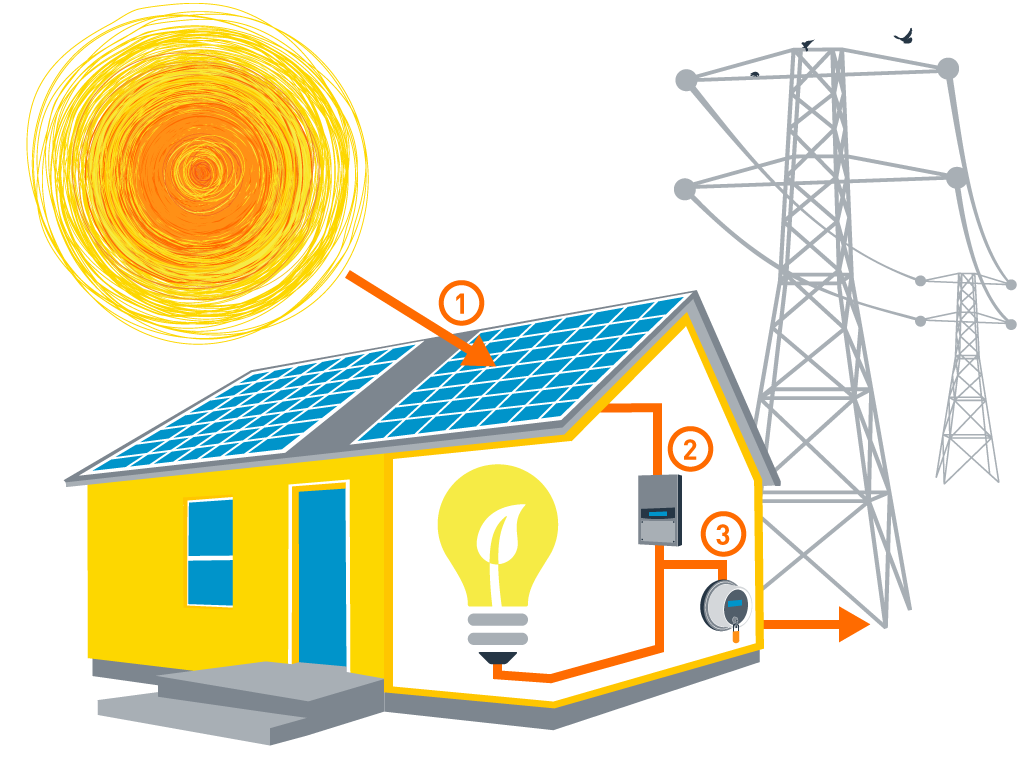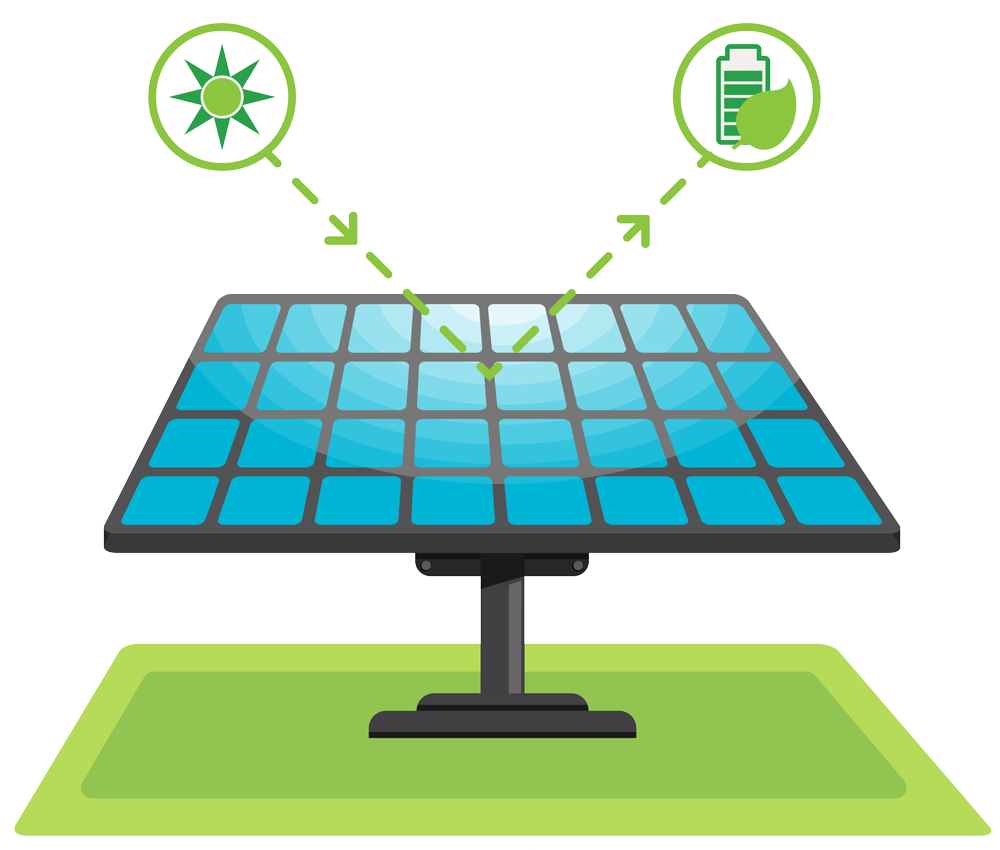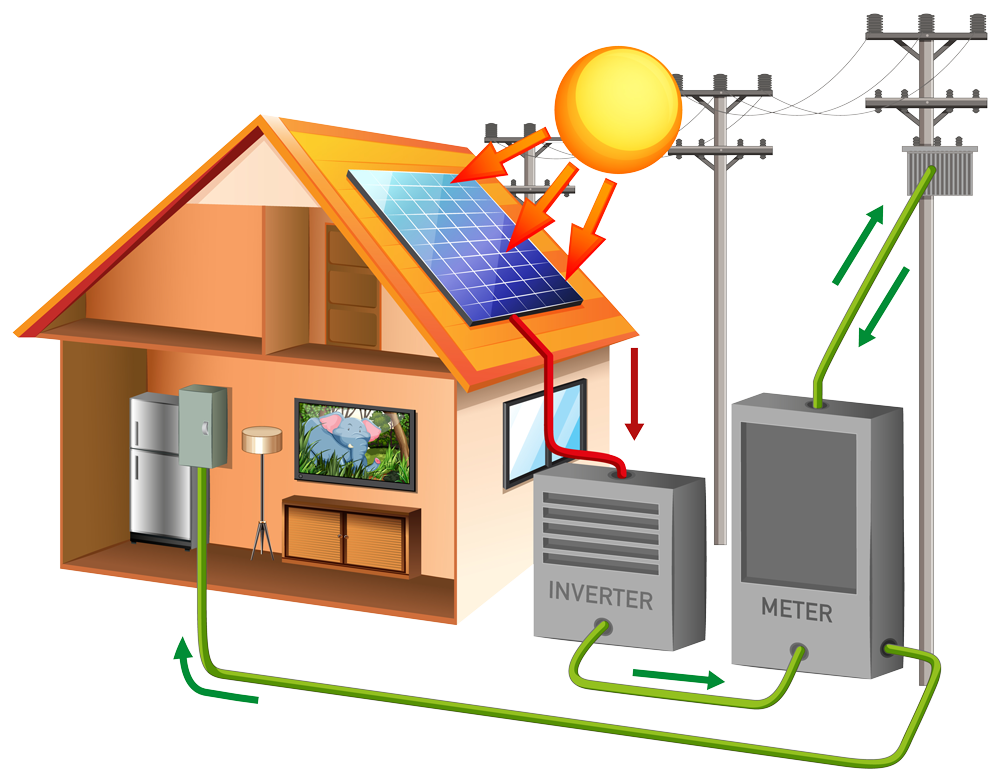
WHY SOLAR NOW?
The federal government allows you to deduct 30% of your solar power system costs off your federal taxes through an investment tax credit (ITC). These solar tax credits were created in 2008 by the federal government to encourage both residential and commercial solar prospects to switch to renewable energy. Now is the time to go solar!







